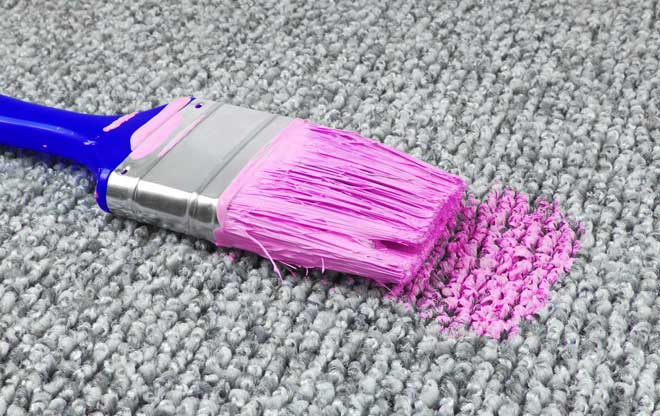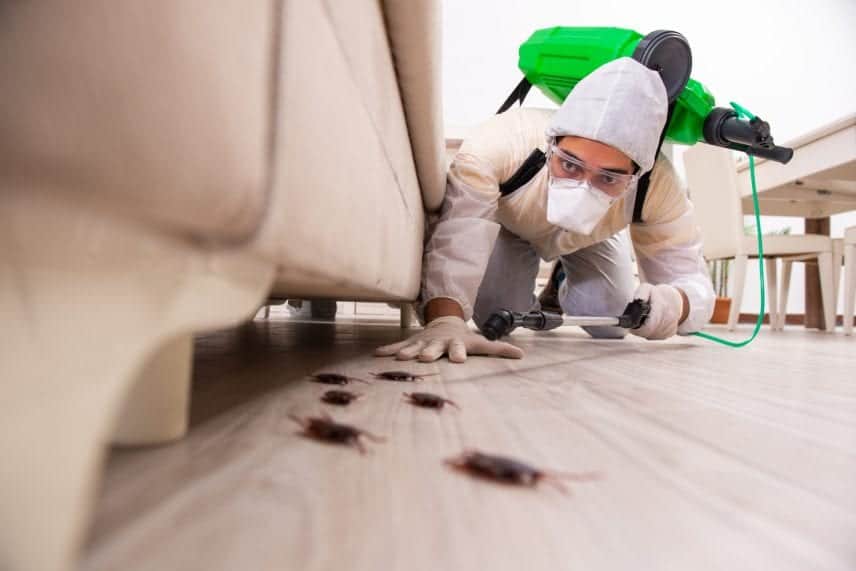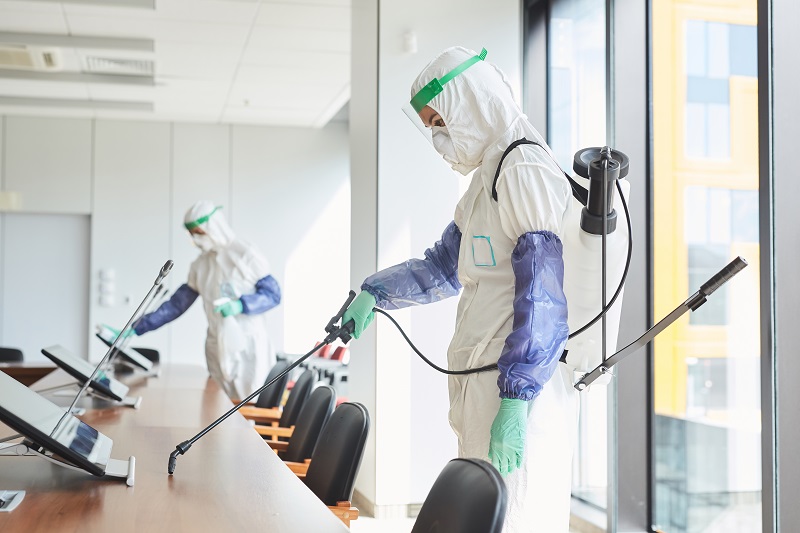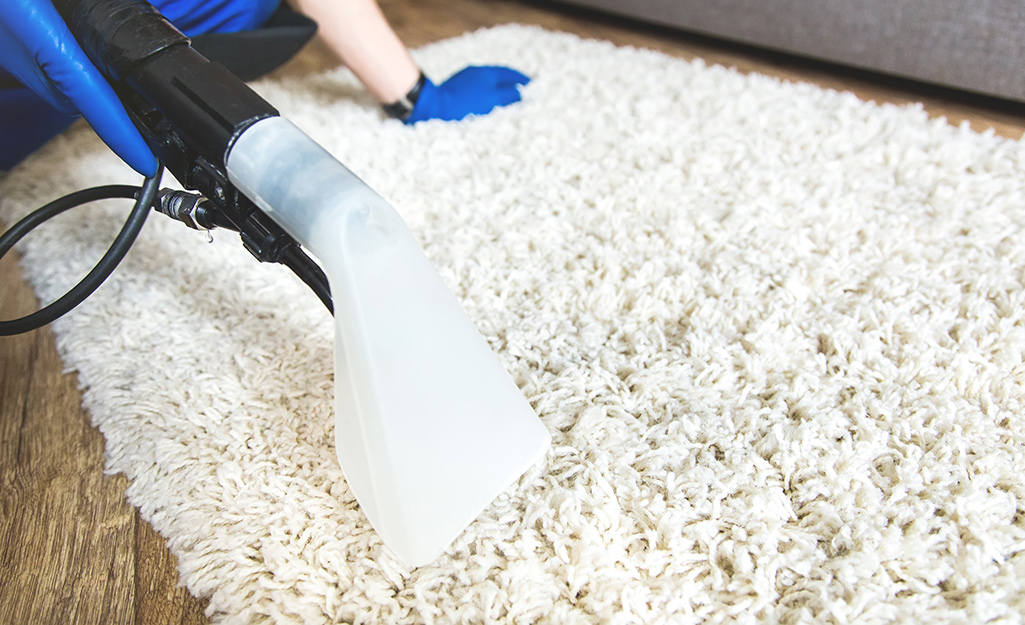25 November 2021
COVID-19 Cleaning Tips
The COVID-19 Cleaning Instructions must be followed immediately after an outbreak or other event deemed necessary by the relevant authorities.
Cleaning agents include:
Water (Tap, if available)
Household bleach (1 part chlorine to 10 parts water), cleaned with WATER ONLY, then rinse with tap water.
Household vinegar (5% acetic acid solution) Solution strength does not matter for this method. Use CLEAN water to rinse afterward.
Cloudy ammonia (20% ammonium hydroxide solution). Solution strength doesn’t matter; it can be mixed directly in its original container for immediate use. Other household alkaline cleaners like Drano may also be used instead of ammonia, but make sure they are mixed in water before use.
DO NOT USE SOLVENTS, OIL SOAP, RUST REMOVERS, OR OTHER CHEMICALS.
This will not work on other viruses that are not Coronavirus. Bleach or ammonia can be toxic if misused or ingested; see the next section for more information.
Water and vinegar do not kill Coronavirus well, but large amounts of it help flush out surfaces which reduce potential infection rates due to inhalation/ingestion during cleanup. Do not drink either solution. Avoid using ammonia around children.
Household bleach has a corrosive effect if ingested; follow safety precautions when handling this chemical. Do not mix chlorine bleach with other cleaning agents for any reason.
Make sure to license hazmat workers if their profession includes activities related to COVID-19 virus cleanup and decontamination.
All cleansing agents should be stirred, shaken, or otherwise mixed before being added to the cleaning solution. The combination of all cleansing agents ensures complete disinfection.
Industrial strength cleaner must be used if there is heavy organic matter (feces, blood, mold), debris, or other contaminants on any surface (floors, walls, etc.). This should only be used by trained hazmat workers; make sure not to touch this product with bare skin.
All surfaces should break down into the water after scrubbing thoroughly with the industrial-strength cleaner.
Hire a hazmat-trained contractor if possible; make sure they are trained by reliable sources or organizations with federal credentials. This is not an option for lower-risk areas but can be used in higher-risk areas after making sure all potential exposure routes are sealed off.
If you think your workforce might become infected, do what is necessary to prevent that from happening before you hire anyone. Make sure no one is allowed into potentially hazardous areas until the area has been checked and deemed safe by a qualified inspector/decontamination technician. Make sure there are at least two routes available when entering any potentially contaminated zone so that if someone does come down with COVID-19, they can be isolated and the outbreak contained quickly.
Workers should shower with soap before leaving work to make sure any Coronavirus particles are removed from their skin/hair. This will prevent potential infection during the commute home. People who wear contact lenses should also wash frequently with soap or disinfectant wipes; you may experience eye irritation if infected particles enter your eyes after working in an environment where COVID-19 is present.
This measure ensures that all potentially hazardous fluids are washed out of the flooring solution – do not worry about what happens to them because you won’t have to pay for it later on. This is now someone else’s problem. Make sure to work on a surface that flooring solution does not get onto so the rest of the material is still intact after you are done.
Whenever possible, keep dangerous areas sealed off until they can be properly decontaminated. Make sure all employees and contractors entering these regions know that the COVID-19 virus cannot be exposed to skin and exposed skin should always be covered or covered with gloves. This prevents accidental exposure to infected fluids while cleaning them up. All exposed items should be treated as contaminated and disposed of at a licensed landfill; remember to alert your hazmat crew in advance if you plan on disposing of any biohazardous materials by this route because it’s not your decision when to do it.













